The third data release (DR3) contains 830 stellar spectra of 683 stars stars. The DR3 spectra are arm-combined to the full wavelength range of the X-shooter spectrograph, and both original and galactic dust exinction corrected spectra are available. It also covers most of the HR diagram with spectral types between O and M, as well as AGB stars.
Simple stellar population models based on the empirical X-shooter Spectral Library (XSL) from NUV to NIR wavelengths. The models span the metallicity range −2.2 < [Fe/H] < +0.2 and ages above 50 Myr.
The second data release (DR2) of XSL covers the full X-shooter range (UVB to NIR), but is arm-separated, and contains 813 observations of 666 stars. The first data release (DR1) contains UVB and VIS spectra for more than 200 stars.
830 stellar spectra of 683 stars, covering the full X-shooter wavelength range (3500–24800 Å). [Verro et al. (2022a)]
Quick access to DR3 data
Simple stellar populations in the NUV to NIR with the X-shooter Spectral Library. [Verro et al. (2022b)]
Quick access to SSP models
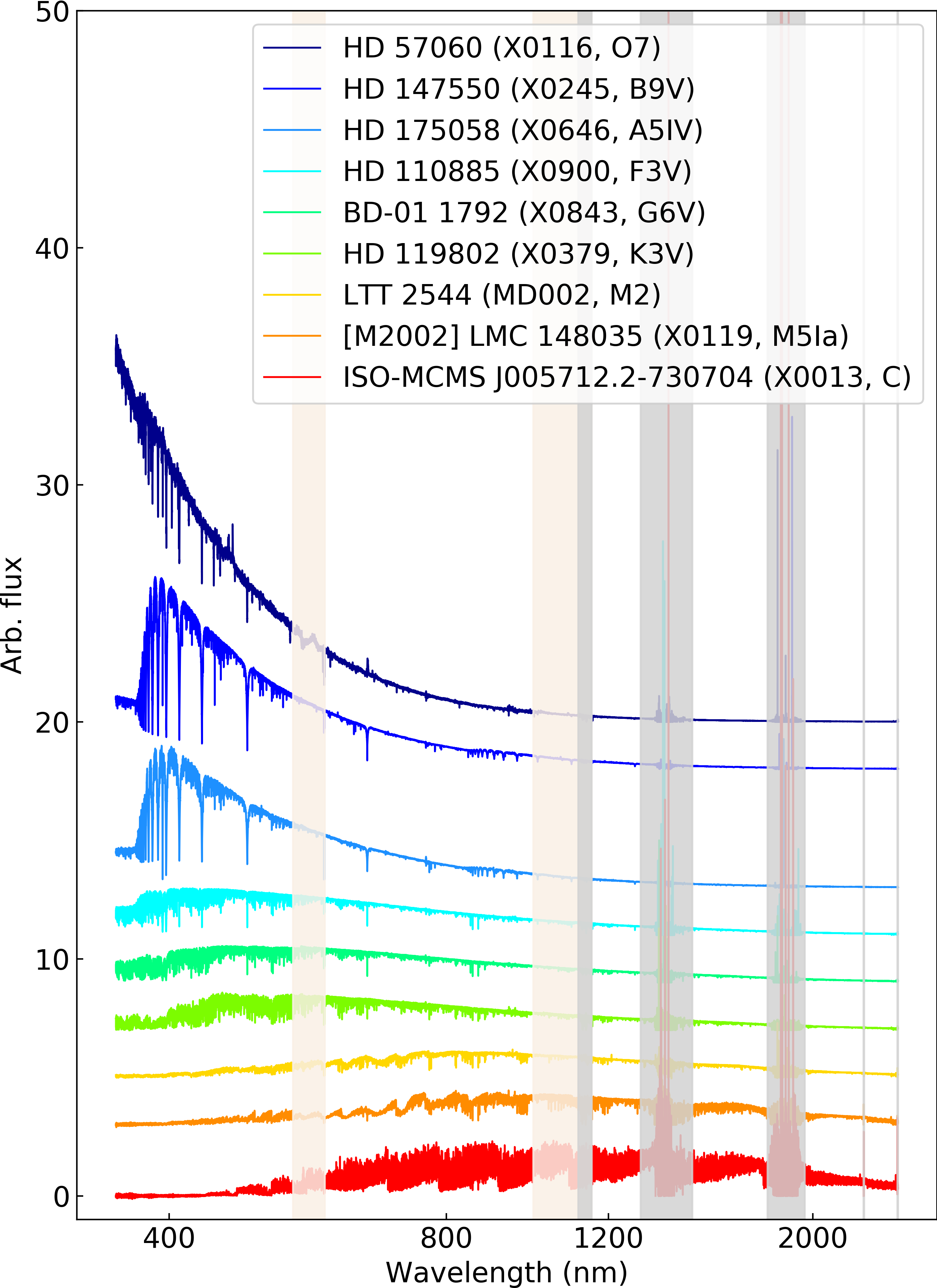
Figure 1: Typical XSL DR3 spectra in the OBAFGKMC sequence. Shaded bands mask the regions of dichroic contamination and deepest telluric regions.
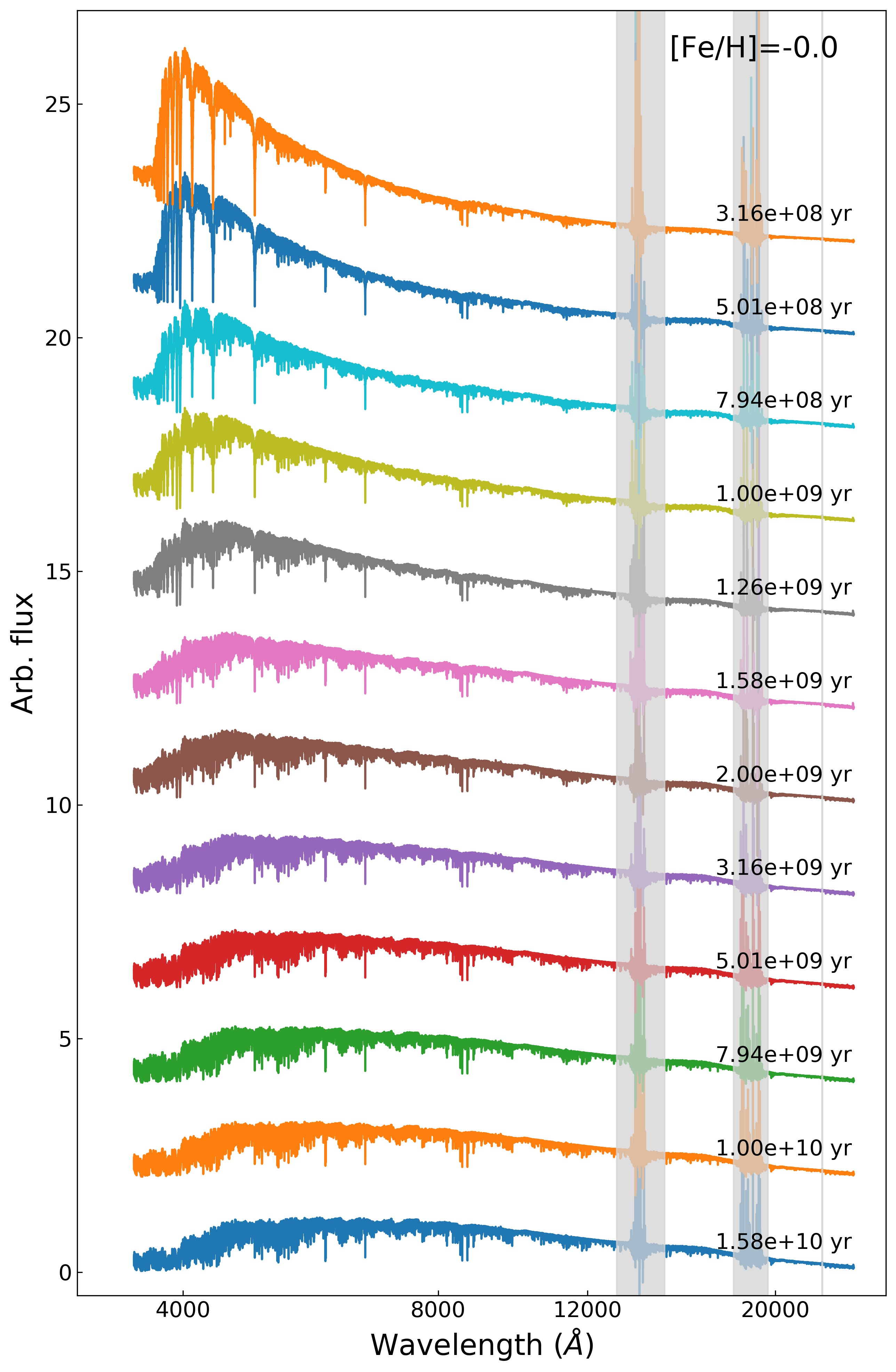
Figure 2: Examples of XSL simple stellar population models.
Overview of DR2: 813 observations of 666 stars (from UVB to NIR) [Gonneau et al. (2020), Arentsen et al. (2019)]
Quick access to DR2 data
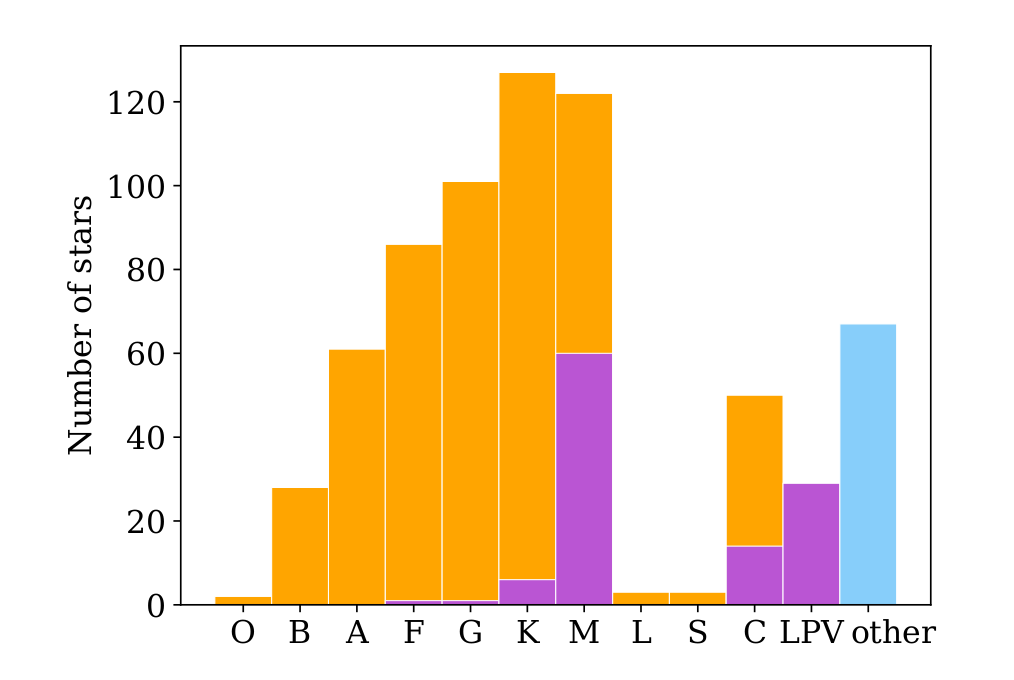
Figure 1: Distribution of the spectral types present in XSL, as retrieved from SIMBAD. We highlight the number of stars known as long period variable (LPV) objects in purple. The stars in the ‘LPV’ bin have no given spectral type but have object types labelling them as LPV objects. The stars in the blue bin ‘other’ do not have spectral types in SIMBAD, nor have object types which label them as LPV objects.
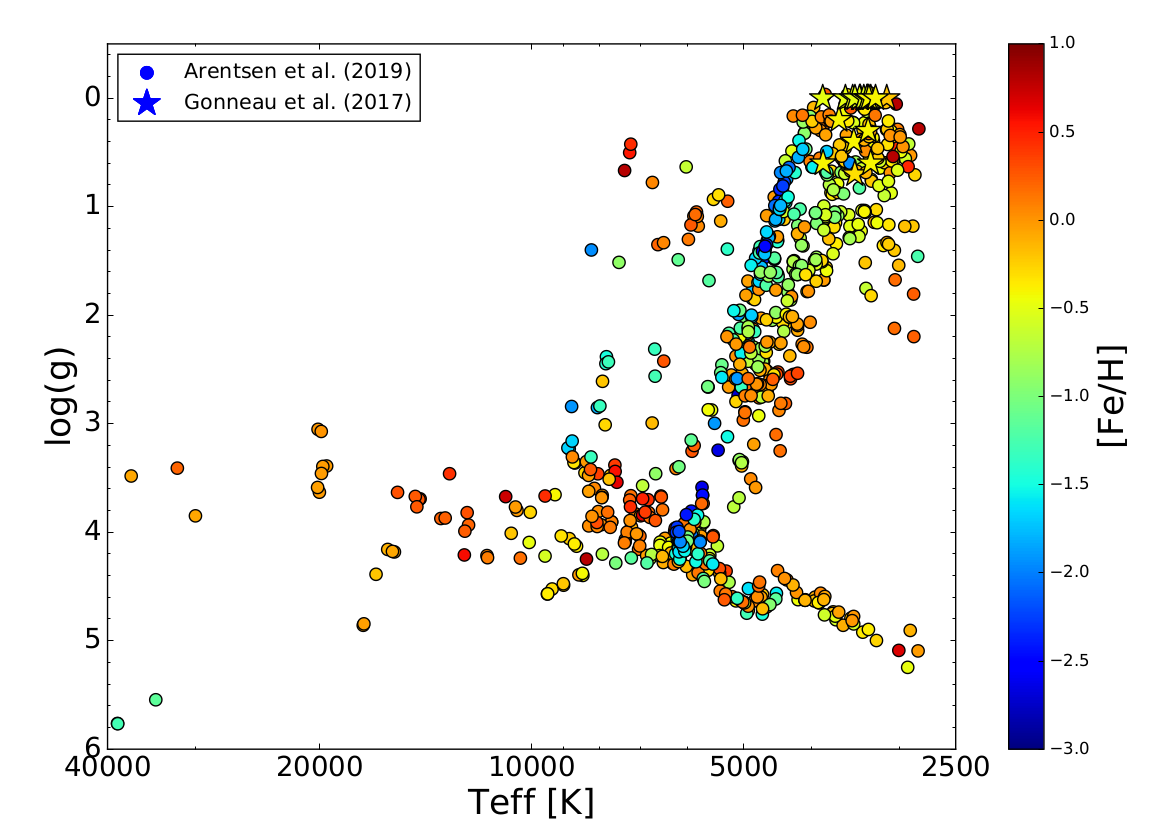
Figure 2: Stellar atmospheric parameters, calculated by Arentsen et al. (2019) (open symbols) and Gonneau et al. (2017) (star symbols), for 769 XSL spectra.
Overview of DR1: 246 observations of 237 stars (UVB and VIS) [Chen et al. (2014)]
Quick access to DR1 data
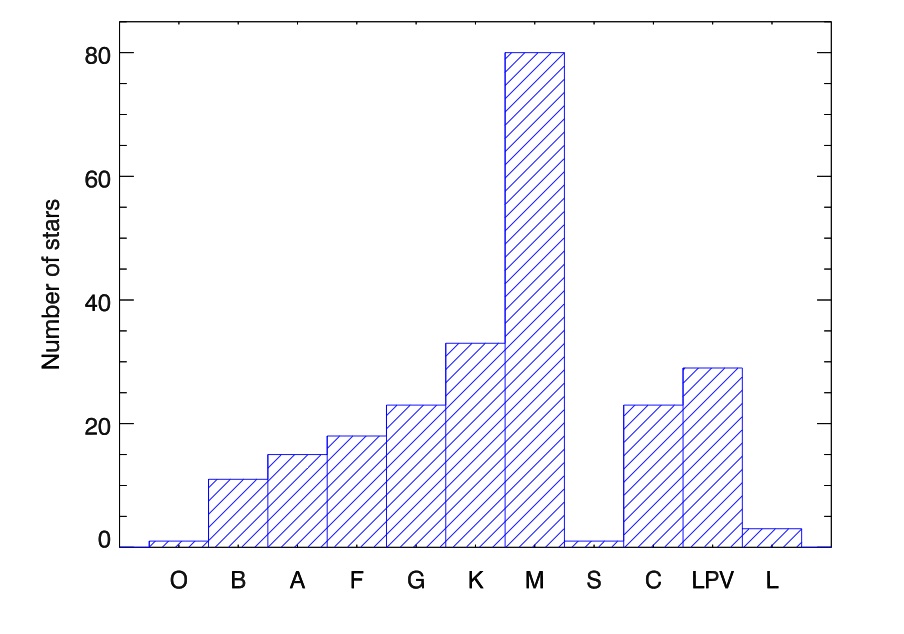
Figure 1: Distribution of the spectral types in XSL observed in Periods 84 and 85 (excluding telluric calibrators). Spectral types were retrieved from SIMBAD or based on educated guesses from the source libraries or atmospheric parameters.
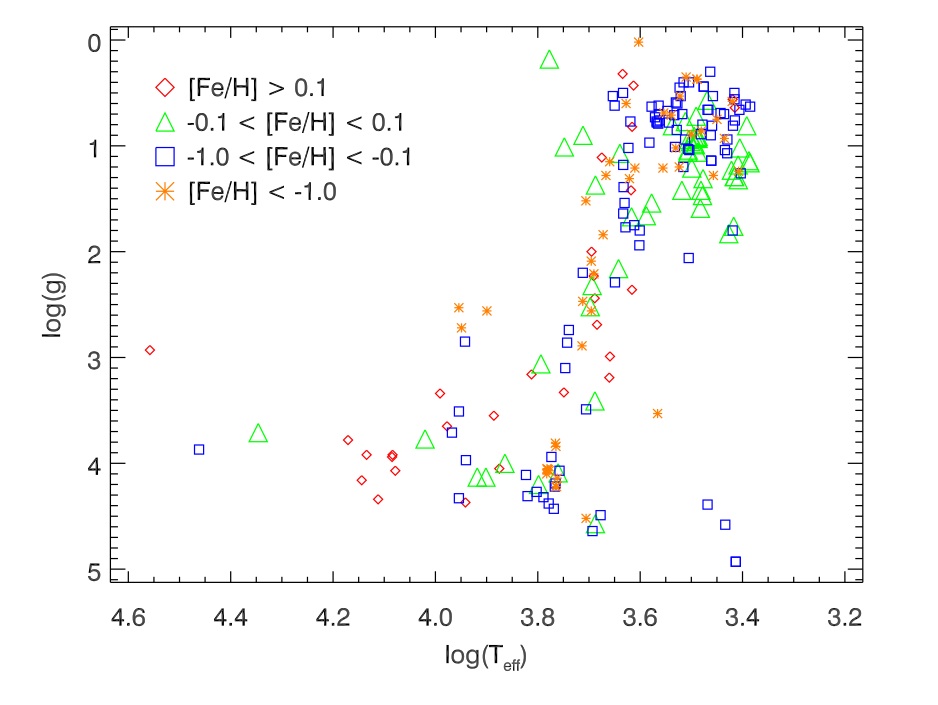
Figure 2: HR diagram of the 219 XSL stars (O–M, LPV, S) with calculated Teff, logg, and [Fe/H], where [Fe/H] is presented in different colors.